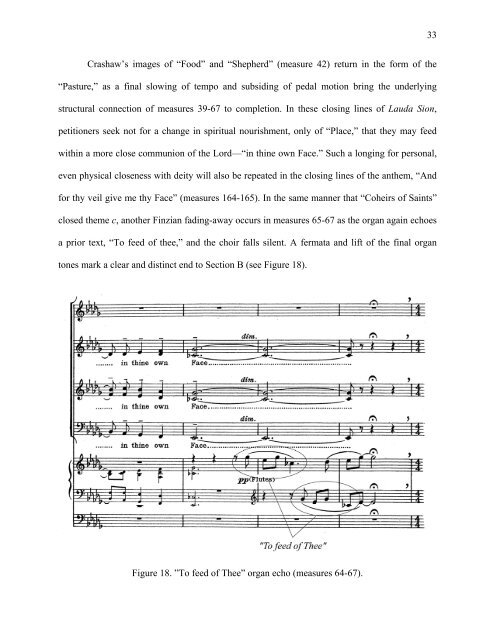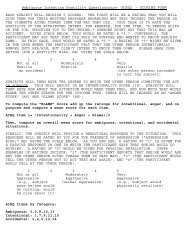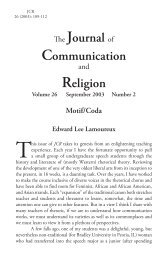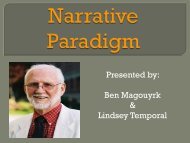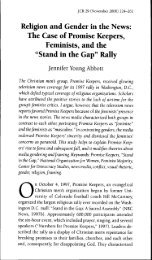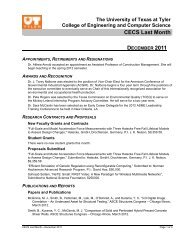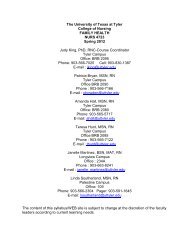"History, Analysis and Performance Considerations of Gerald Finzi's ...
"History, Analysis and Performance Considerations of Gerald Finzi's ...
"History, Analysis and Performance Considerations of Gerald Finzi's ...
Create successful ePaper yourself
Turn your PDF publications into a flip-book with our unique Google optimized e-Paper software.
33Crashaw’s images <strong>of</strong> “Food” <strong>and</strong> “Shepherd” (measure 42) return in the form <strong>of</strong> the“Pasture,” as a final slowing <strong>of</strong> tempo <strong>and</strong> subsiding <strong>of</strong> pedal motion bring the underlyingstructural connection <strong>of</strong> measures 39-67 to completion. In these closing lines <strong>of</strong> Lauda Sion,petitioners seek not for a change in spiritual nourishment, only <strong>of</strong> “Place,” that they may feedwithin a more close communion <strong>of</strong> the Lord—“in thine own Face.” Such a longing for personal,even physical closeness with deity will also be repeated in the closing lines <strong>of</strong> the anthem, “Andfor thy veil give me thy Face” (measures 164-165). In the same manner that “Coheirs <strong>of</strong> Saints”closed theme c, another Finzian fading-away occurs in measures 65-67 as the organ again echoesa prior text, “To feed <strong>of</strong> thee,” <strong>and</strong> the choir falls silent. A fermata <strong>and</strong> lift <strong>of</strong> the final organtones mark a clear <strong>and</strong> distinct end to Section B (see Figure 18).Figure 18. ”To feed <strong>of</strong> Thee” organ echo (measures 64-67).


